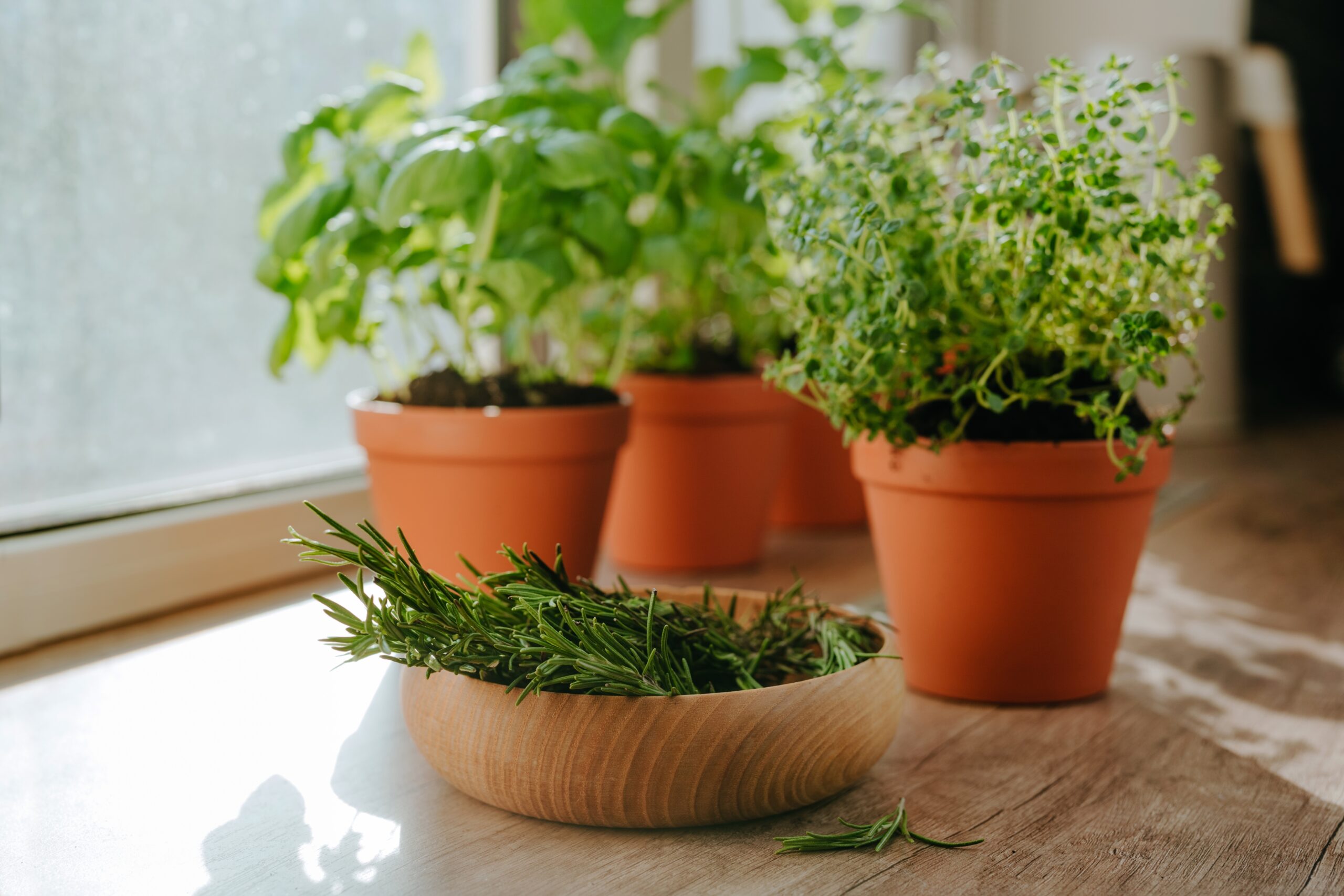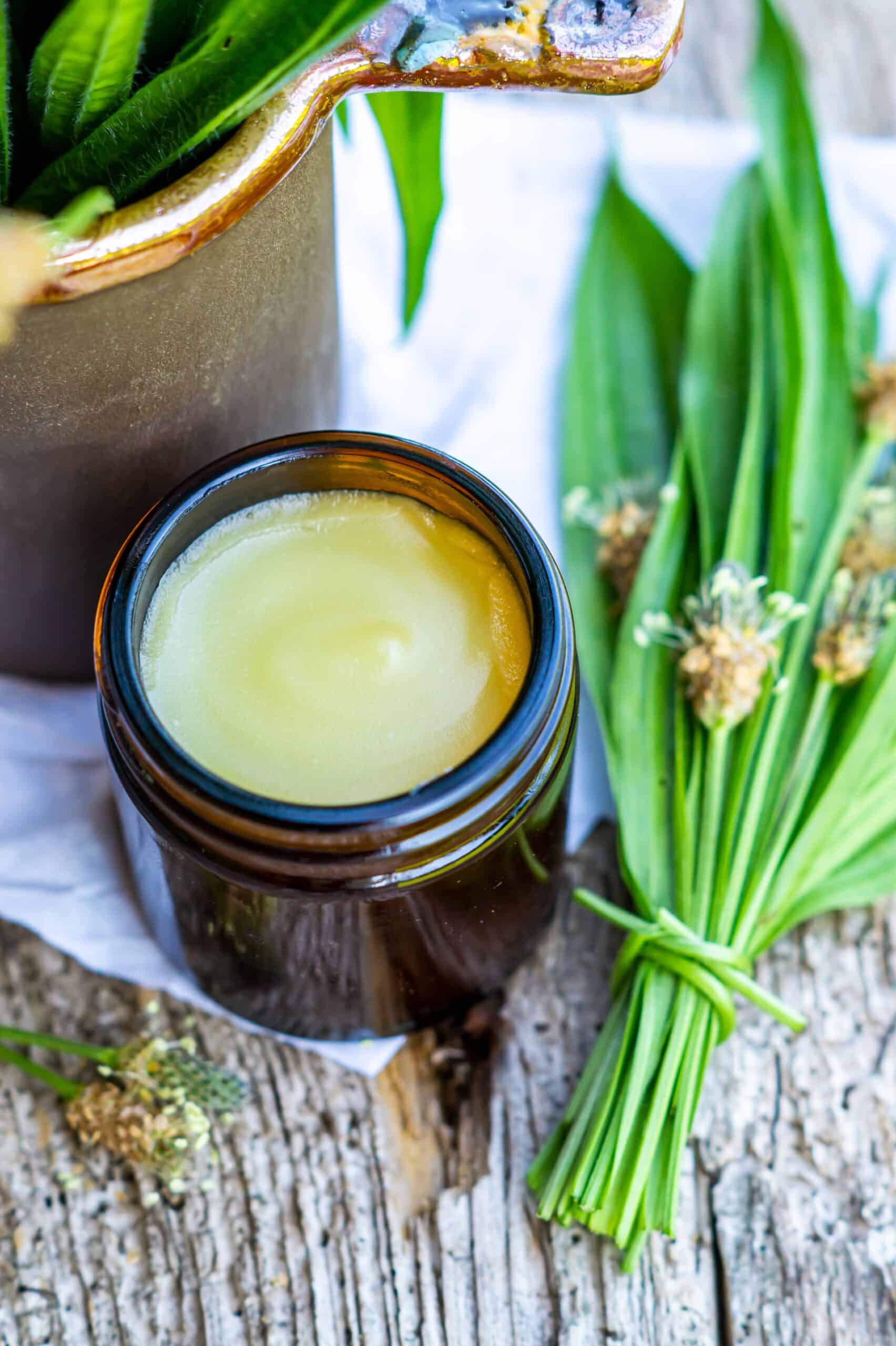
Herbs for Spiritual Practices: Smoke Cleansing, Dreaming, and Meditation
For thousands of years, herbs have been used not only for physical healing but also for spiritual and energetic support. From cleansing negative energy to deepening meditation and enhancing dreams, plants have long been allies in the subtle realms. This guide explores how to safely and respectfully use herbs for smoke cleansing, dreamwork, and meditative rituals—offering practical suggestions rooted in tradition and mindfulness.
Outline
- Introduction
- The Role of Herbs in Spiritual Practices
- Smoke Cleansing: Herbs for Energetic Clearing
- Herbs for Dreamwork and Lucid Dreaming
- Herbal Allies for Meditation and Inner Calm
- How to Craft Your Own Ritual Blends
- Safety, Respect, and Cultural Awareness
- Final Thoughts
Introduction
Herbalism isn’t just about teas and tinctures. Across cultures and centuries, herbs have been honoured for their ability to connect us with something deeper—our breath, our dreams, our intuition, our sense of sacredness.
Whether you’re new to spiritual herbalism or expanding your practice, learning how to work with herbs mindfully can open powerful new dimensions in your life. Let’s explore how to bring these plant allies into your spiritual toolkit.
The Role of Herbs in Spiritual Practices
Herbs can help us:
- Cleanse a space or aura
- Enhance focus and intention
- Promote vivid dreams or dream recall
- Create sacred atmospheres
- Calm the nervous system for deeper meditation
Used in bundles, infusions, baths, or incense, herbs carry their own energy—each one offering different spiritual gifts.
Smoke Cleansing: Herbs for Energetic Clearing
Smoke cleansing is the practice of burning herbs to purify and reset energy—in your home, your body, or your mind. It is not the same as Indigenous smudging (more on that below), but can be a respectful and powerful practice when done with integrity.
Common Herbs for Smoke Cleansing:
| Herb | Energetic Properties |
|---|---|
| Rosemary | Protection, clarity, banishing negativity |
| Lavender | Calm, peaceful energy, love |
| Bay Leaf | Wisdom, strength, intention-setting |
| Mugwort | Gateway herb for visions and dreams |
| Pine or Cedar | Grounding, ancestral connection, purification |
| Sage (garden) | General cleansing—not to be confused with white sage |
🌿 How to use: Create small, hand-tied bundles using natural string, or burn loose herbs in a heatproof dish or incense burner with charcoal discs.
Note: Avoid burning herbs in poorly ventilated areas or around pets, small children, or those with respiratory issues.

Herbs for Dreamwork and Lucid Dreaming
Some herbs can support vivid dreams, lucid states, or restful sleep. These can be taken as tea, tincture, or used in dream pillows and evening baths.
Dream-Enhancing Herbs:
| Herb | Uses |
|---|---|
| Mugwort | Promotes lucid dreams and vivid imagery |
| Blue Lotus | Ancient Egyptian dream and heart opener |
| Chamomile | Soothes the mind for deeper dream access |
| Passionflower | Calms anxiety and promotes REM sleep |
| Lavender | Gentle, protective, promotes sweet dreams |
Dream Pillow Blend (DIY):
- 1 tbsp dried mugwort
- 1 tbsp dried lavender
- 1 tsp chamomile
- 1 tsp rose petals
- Sew into a small cotton pouch and place under your pillow
Pro tip: Keep a dream journal next to your bed to record symbols, messages, or patterns over time.
Herbal Allies for Meditation and Inner Calm
Certain herbs help calm the mind, open the heart, and deepen your awareness—perfect companions for meditation, breathwork, or journaling.
Herbs for Meditation:
| Herb | Benefits |
|---|---|
| Tulsi (Holy Basil) | Sacred in Ayurvedic tradition, calms and uplifts the mind |
| Lemon Balm | Brings gentle joy, quiets racing thoughts |
| Skullcap | Helps release tension from body and mind |
| Ashwagandha | Grounds energy, supports stillness |
| Rose | Opens the heart and emotional clarity |
You can sip a cup of herbal tea before your practice, add herbs to an incense blend, or simply inhale their scent to anchor your intention.
How to Craft Your Own Ritual Blends
Ready to start crafting your own blends? Here’s how:
Step 1: Define the Purpose
- Is it protection, clarity, calm, or connection?
Step 2: Choose Herbs by Intent
- Use herbs symbolically and medicinally
Step 3: Blend With Balance
- Combine base (soft) + middle (aromatic) + top (resin or floral) notes
Example: Grounding Meditation Incense
- 1 part frankincense resin
- 1 part rosemary
- 1 part tulsi or patchouli leaf
Grind gently in a mortar and pestle and burn on charcoal discs.
Safety, Respect, and Cultural Awareness
As spiritual herbalism becomes more popular, it’s crucial to approach it with respect, awareness, and care.
Avoid Cultural Appropriation
- White sage and Palo Santo are sacred to Indigenous communities. Overharvesting has also made them ecologically vulnerable.
- Instead, use ethically sourced alternatives like garden sage, rosemary, lavender, or mugwort.
Buy or Harvest Responsibly
- Use organic or wildcrafted herbs
- Forage sustainably and never take more than needed
- Learn Latin names to avoid confusion between safe and toxic plants
Safety Notes:
- Not all herbs are safe to burn or inhale—do your research
- Avoid burning if you or others in your home have asthma or breathing difficulties
- Always supervise open flame or charcoal
Honour the plants, the people, and the traditions from which these practices come.
Final Thoughts
Herbs have a language—and when we slow down to listen, they speak in scent, texture, and spirit. Whether you’re cleansing your space, entering a dream state, or grounding into a meditation, herbs offer profound support for the inner world.
Spiritual herbalism isn’t about performance. It’s about connection, reverence, and presence. Start with one herb. One ritual. One intention.
Let the plants guide you inward.

